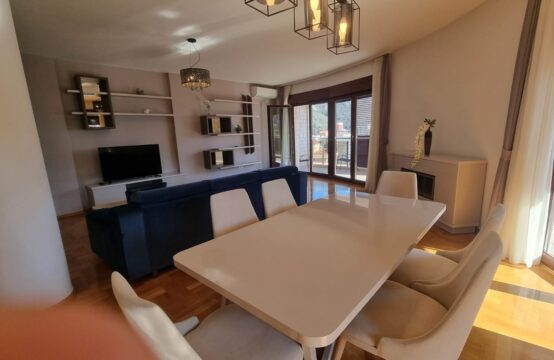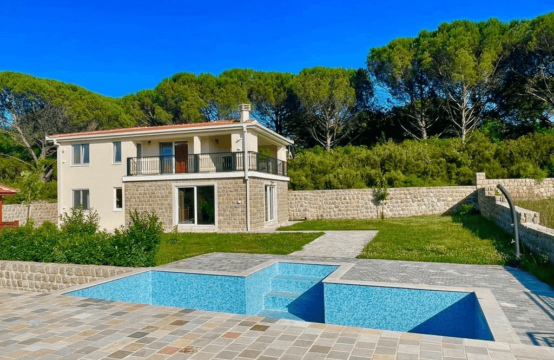Plot near the national park with three buildings and a ruin Njeguši, Cetinje
- Area (M 2)
- 197
-

- Land Size (M 2)
- 1294
Description
Land for sale in Njeguši 250m from the center, Kopito village, Cetinje municipality. On a plot of 1294m2 there are 3 buildings of 80m2, 60m2 and 57m2 and ruins of 50m2. The building of 80m2 was built in 1979 and consists of a living room, two bedrooms, kitchen, bathroom and terrace, below the building there is a basement of about 50m2. On this building is a new tile. Sewage is a septic tank and the water is pearly (city water is also connected but in summer there is less water).The construction of the most attractive cable car in Montenegro with the exit station in Kuk (Cetinje municipality) -Lovćen National Park at 1350m above sea level is expected to begin near Njeguša, while the starting station will be in Dub (Kotor municipality). The expected opening of the cable car with the starting station in Kuk is in the spring of 2023.
An old village road passes between the buildings.
Sole owner,clean documents.
Price 290.000€
Lovcen National Park is located on Lovcen Mountain, which is part of the Dinaric Alps, and is located in southeastern Montenegro, between the Skadar Basin, Kotor Bay, Budva Riviera. It covers an area of 6,220 hectares, with the central and highest part of the mountain, which is a symbol of freedom and the “holy altar” for the inhabitants of Montenegro. It was declared a national park in 1952 and has great cultural and historical significance among the local population.
The famous Lovćen serpentines are a kind of architectural relic, which is next to Njegoš’s mausoleum, one of the most visited places in the region.
Lovcen National Park is located at the intersection of two climate zones, the Mediterranean and the continental. Lovćen National Park is inhabited by numerous endemic and animal species, and it is interesting that one third of the total flora of Montenegro grows here.
Why is Lovcen National Park so special for locals and tourists from all over the world?
Here are some interesting facts to help you discover the secrets of this amazing place.
Njegoš’s mausoleum in the Lovćen National Park is considered a masterpiece by sculptor Ivan Meštrović, who combined architecture with art. It is the tallest mausoleum in the world and the place of eternal rest of Petar Petrović Njegoš.
From the top of Njegoš’s mausoleum in the Lovćen National Park, there is a beautiful view of the Bay of Kotor and Katun Nahija, which Bernard Shaw beautifully described as the “Stone Sea”.
The mausoleum is one of the most visited locations in Montenegro.
In the Lovćen National Park, about 70% are beech and oak forests, on a total of 4,299 hectares.
The remaining 30% are slopes, arable land and pastures.
There are a large number of endemics, protected and rare plants. Forests are afforested with species such as black hornbeam, ash, pine, silver linden, beech, spruce, etc.
The plant community consists of 1,300 species, many of which are rare, endemic, medicinal and aromatic plants.
Lovcen National Park also has about 200 species of registered mushrooms.
One of the most interesting facts about the Lovćen National Park is that one third of the total number of plant species in Montenegro and the Balkans live in the Lovćen massif.
When it comes to the fauna of the Lovćen mountain, there are mammals, such as wolves, foxes, rabbits, deer, bears, boars, etc.
White-breasted hedgehogs, moles, squirrels, karst mice, bats are typical representatives of the Lovćen National Park.
There are 200 species of birds that visit Lovcen National Park during migrations or nesting on it, such as robins, woodpeckers, sheaves, jays, locusts, etc. At the foot of the Lovcen massif there are springs such
Photos of National Park Lovcen
Video tour





